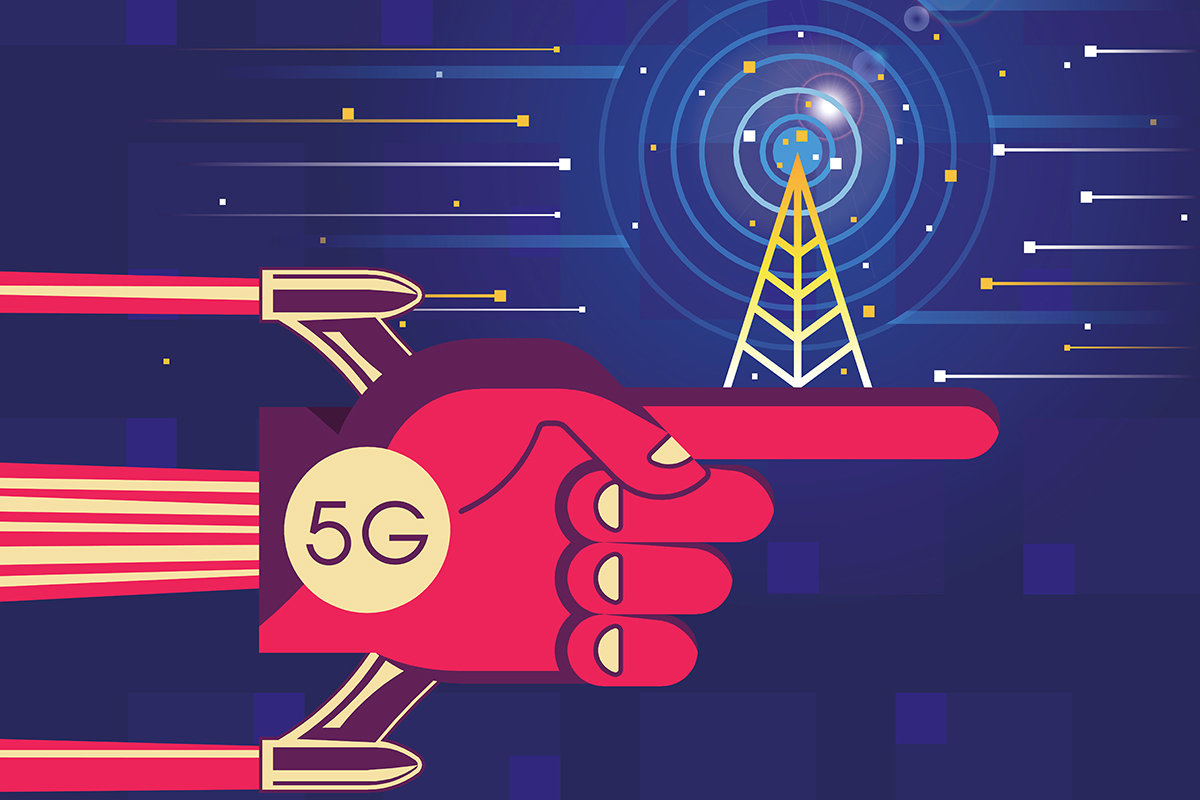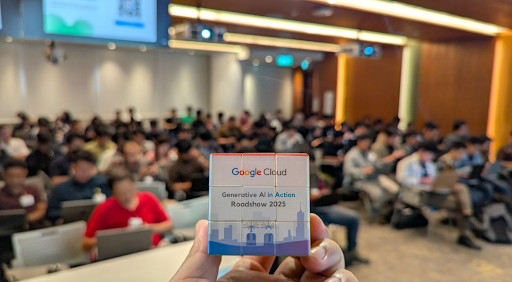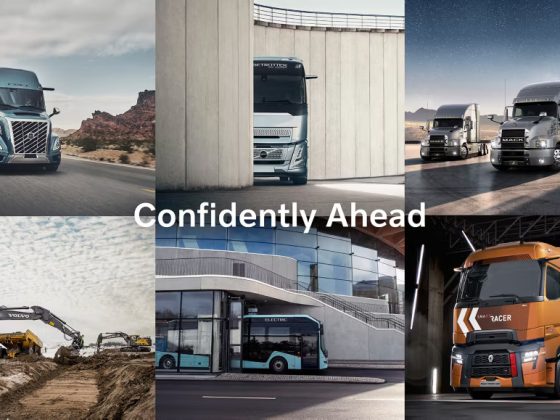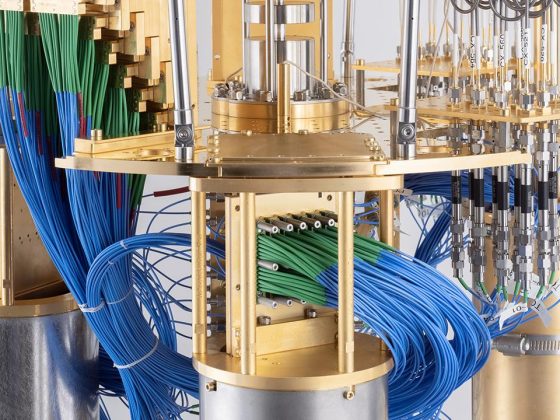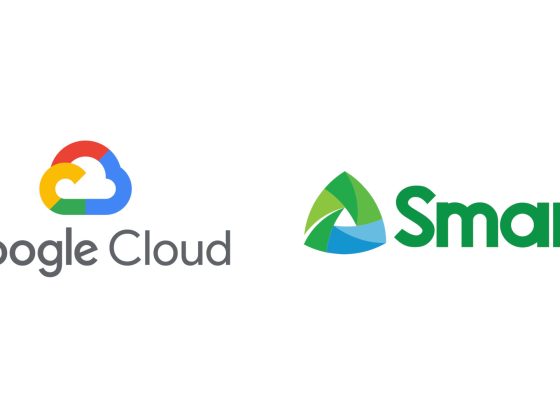Of all the data management technologies of the last few years, Cloud-native container tech was one of the most impactful. It’s a technology with the potential to revolutionize networking, as we know it. And, combined with, edge computing, looks set to become a big part of the way we process 5G, moving forward.
Not sure about working with Kubernetes? Looking for more on what, exactly, edge actually is? Or maybe what’s unclear is how these two technologies merge and, hopefully, will make 5G a household name, all-to-soon.
From our partners:
Join us, as we break down both of these groundbreaking technologies and their role in the future development of 5G connectivity.
A Closer Look At Edge Computing
In the early days of computing, we had fewer options available to us. Machines were bigger, fewer, and there was no networking any of them. Home computing was harder to come by, and there was a lot of growth needed to get to where we are today.
Fast-forward to 2020, and we have entered a brand new digital era: cloud computing. Not only are our computers networked, but so are our phones, fridges, cars, watches, toasters, and TVs. Through the cloud, these devices all use Gmail, Office 365, and Slack, with various services all based on cloud functionality.
But even cloud computing has been around for a while, by this point. Cloud computing is a central part of the information infrastructure of hundreds of big-name companies all over the world rely on. They use it for their infrastructure and hosting. It’s also used as a means to integrate machine learning and computing performance changes.
In this context, the word “edge” refers to data work that is done geographically closer to the source. It’s about democratizing the data used in order to do any given amount of computing. It’s a process where users make use of application data in locations that are closer in physical space to them. This means quicker access to power, storage, and various related switching and functions needed to run.
At its simplest, edge software and computing brings computers and the data they need closer to each other. This protects against latency and performance problems. Enterprises making use of this technology can save money by performing their processing locally, as well. This means a reduction in time when it comes to data being processed from a centralized or cloud-based location.
As IoT continues to expand, we need increased connectivity for all of our devices if we are to use them. The whole point with Edge computing is to respond to this need for speedier processing across various Internet devices.
How Does Kubernetes Factor In?
One more time, for the people in the back, let’s take a look at Kubernetes. This is a scalable (and portable) platform for managing containerized workloads and services. You’ll find it used in facilitating declarative configuration and automation, as part of a growing ecosystem.
Container-centric web services have been popular for many years, by this point. Concerning scale and resilience, most web-based service providers support non-real-time 5G components.
Kubernetes is, essentially, an engine for container management orchestration. There are more than 500 companies contributing to the Kubernetes-related projects at this moment. With that in mind, it is safe to say it’s caught on. But it’s about to become more than that, or so many industry experts are saying.
Cloud-Native Computing, or CNC, has become a much more viable alternative for network services across 5G networks. But, with great connectivity comes great responsibility. And that responsibility is on organizations to learn what technology they are going to be working with. As Kubernetes integrates into 5G, organizations need to develop their container networking expertise.
This leaves room for managed service providers, or MSPs, who fulfill this role within a business. They work to fill the gap in knowledge, present with so many businesses. This is all fair and well, presenting a sector within the industry that’s set to grow within the next few years, which is always welcome. However, this is the kind of expertise that takes time to grow and learn. For the majority of MSPs, they themselves will be running against the clock to stay up to date with how network services are being handled, now.
Kubernetes and CNC represent a big step forward in terms of 5G’s potential. In combination, this is the kind of advancement. But somebody’s got to be there to stay ahead of the curve, and that job will fall squarely in the laps of MSPs.
The Dream of 5G: A Reality
As America holds its breath in anticipation of 5G rollout, it is becoming clear that, when 5G releases, it will rely on Kubernetes. Huge telecom companies have been sizing up the tech for some time, putting it in the lead. VNFs have been a big selling point. With these in mind, big agencies are developing applications for Kubernetes managed containers.
With so much to offer the development of 5G, it’s easy to see why. Combined with edge computing, and you’ve got a match made in connectivity heaven.
Edge Computing, Kubernetes, and 5G
Every advance we make in terms of network speed brings us closer to “next-generation” high-speed connections. Every generation has its own breakthroughs, and 5G has found one of its own: Kubernetes. Combined with edge technology, it’s seen tremendous growth over the last few years.
The combination has been adopted by several major companies, rolling out 5G in the years to come.
Edge computing aims to put users physically closer to data locations so that their downloads become more streamlined. It’s a simple idea but one with a vast range of potential benefits provided the infrastructure continues to grow and improve over the next few years.
Chad Serino, CEO, AlphaBravo
Source: CNCF Blog
For enquiries, product placements, sponsorships, and collaborations, connect with us at [email protected]. We'd love to hear from you!
Our humans need coffee too! Your support is highly appreciated, thank you!
